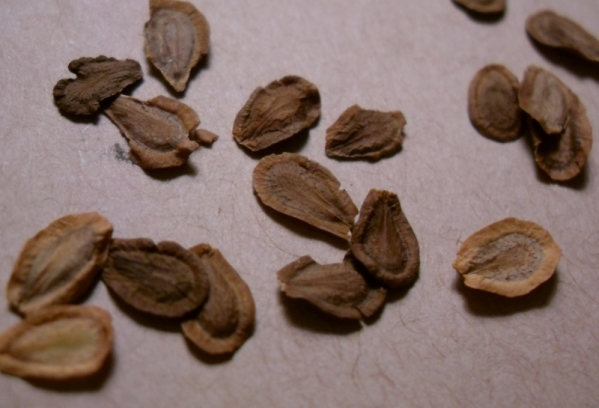Now that the weather is warming up, I’m spending a lot less time indoors, so it seems it may be difficult to post too frequently. My backpack is now stocked with a trowel, digital camera, pruning shears, and all kinds of bags to bring home wild plants in. I’ve scored garden space, and someone to loan me tools as well. Now I’ve got the beginnings of a better indoor garden that should be vastly improved by the end of the year (I hope), an outdoor place to plant weeds that I find in relatively clean places, and an idea to microgarden foraged seeds. Combine that with my art, my meditative exercises, and my cooking and I’m starting to wonder if I’ll even have time to read much for a while.
So I’m going to do this garden thing with no investment. I only own a trowel and pruning shears, and I can barely manage to keep myself stocked in potting soil for my indoor plants. I’ll have to get resourceful on this (like marking it as a garden with sticks). I’m starting off with dandelions and clover in the middle of the garden, with a wild violet and plantain edging, and a little chickweed here and there. My neighbor (who loaned me the tools) gave me three nasturtium seeds for it, and I might get some sand for it (we have a lot of clay), but other than that I want to see how well I can improve it with things I have found or used from my kitchen. Right now it looks an absolute mess. My neighbor says it looks great. She’s insane.
I’m going to edge the garden with things that I forage and want to grow, the majority of the garden will be clover and dandelions. Clover is a nitrogen fixer, therefore a great green manure. Dandelion has a deep taproot that reclaims nutrients the rain has pushed deeper into the earth. When it decays, it releases these nutrients back into the topsoil, making it a great green manure as well. So, I’ll fill the garden up with these as much as I can, foraging them and bringing them home until not an inch remains. In the fall, I’ll lift out the edge plants and till everything under, then replace the edge plants. This will mean dandelion roots will be broken apart to turn into new plants in the spring, but since I want them to be my main crop that’s just fine. I’ll let the clover come back too, I’ll just likely throw a few more plants into the mix in the middle.
I might put some of my more treasured plants in containers (reused kitchen packaging, most likely) so their roots won’t be disturbed in the fall. This will also allow me to put better soil around the prize finds (if I find prizes) while I improve the soil that’s already there. It could be the prize finds end up being plants grown from kitchen scraps. And if I get something that sprawls and takes over, like mint or (please universe, let me find some) mugwort.
I want to make a cloth worm bin to use with my bird’s cage newspaper and kitchen scraps. This can be worked into the soil in the fall, along with the sand and green manures. Add some shredded leaves to the mix, and next year’s soil should be much better. Plus, I’ll be making fertilizer from egg shells, kitchen scraps, some fish emulsion I have on hand, a tad of milk and blackstrap molasses (these stimulate soil bacteria and microbes), and powdered banana peels.
Actually I got quite a nice thing going with bananas. I’ve found that they sweeten the kefir smoothies I’ve been giving to my son in the morning before school. He doesn’t like kefir plain (I love it) but the bananas help me make them free of refined sugar. So I get a ton of them, let them ripen to the point of being spotty (the most sugars have developed at this point), and then I slice and freeze them. I take all the peels and slice and dry them, then run them through my coffee grinder into a powder. I can use them in my houseplant water, in face masks (it’s an emollient that is said to reduce dark under circles on eyes, but so far I can’t tell how well it works), and now I can sprinkle it on my garden right before a rain.
Well, I thought I’d drop a quick line on why my free time isn’t so much in front of the computer researching and complaining my finds for a few weeks. My free time isn’t going to be much blogging, but I’ll be checking in every now and again. I’m still hoping to finish a few pages soon, especially on things that may go into my garden. It just might take me a while to finish them.
If you have any tips on zero-budget gardening on permaculture principles, let me know!




